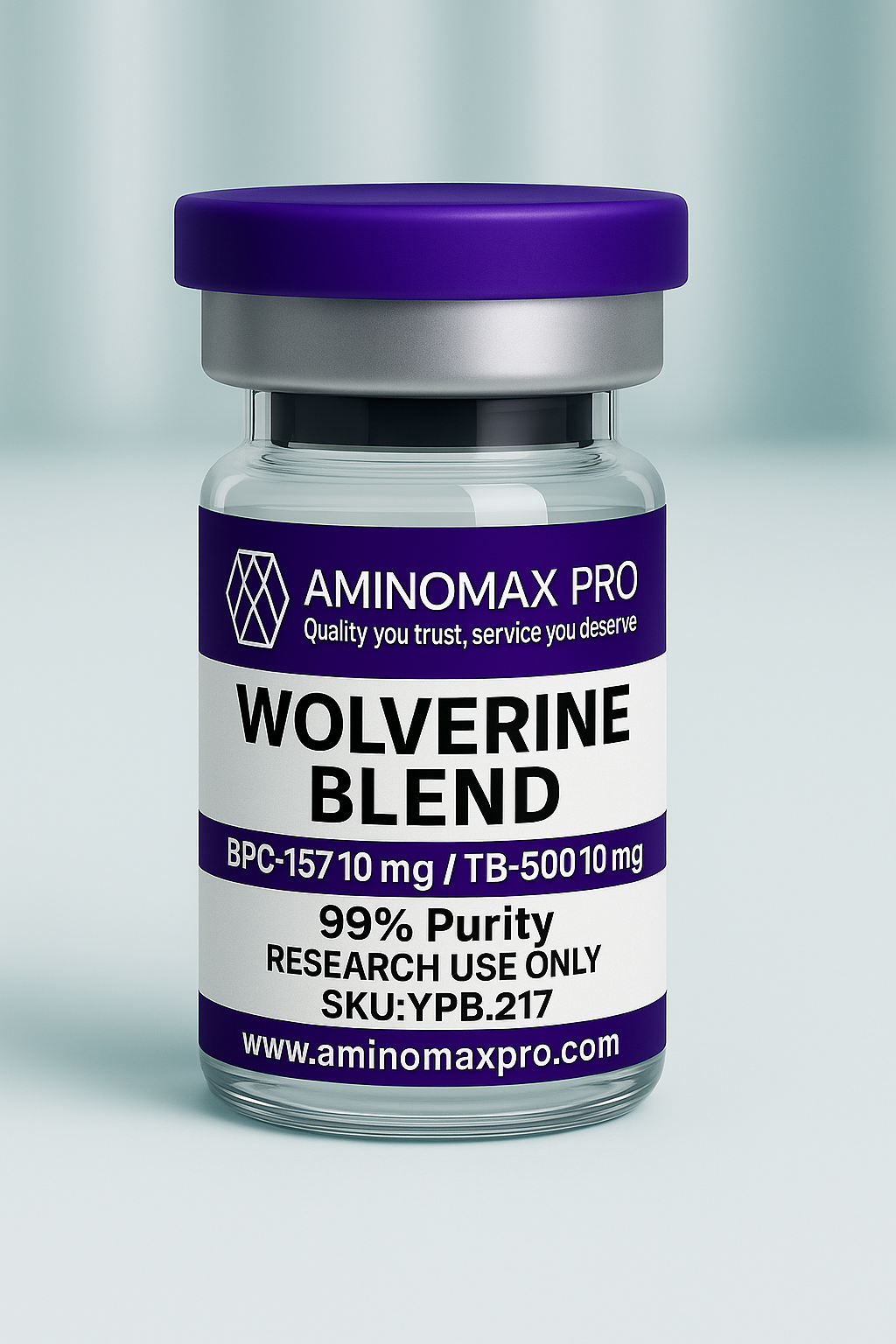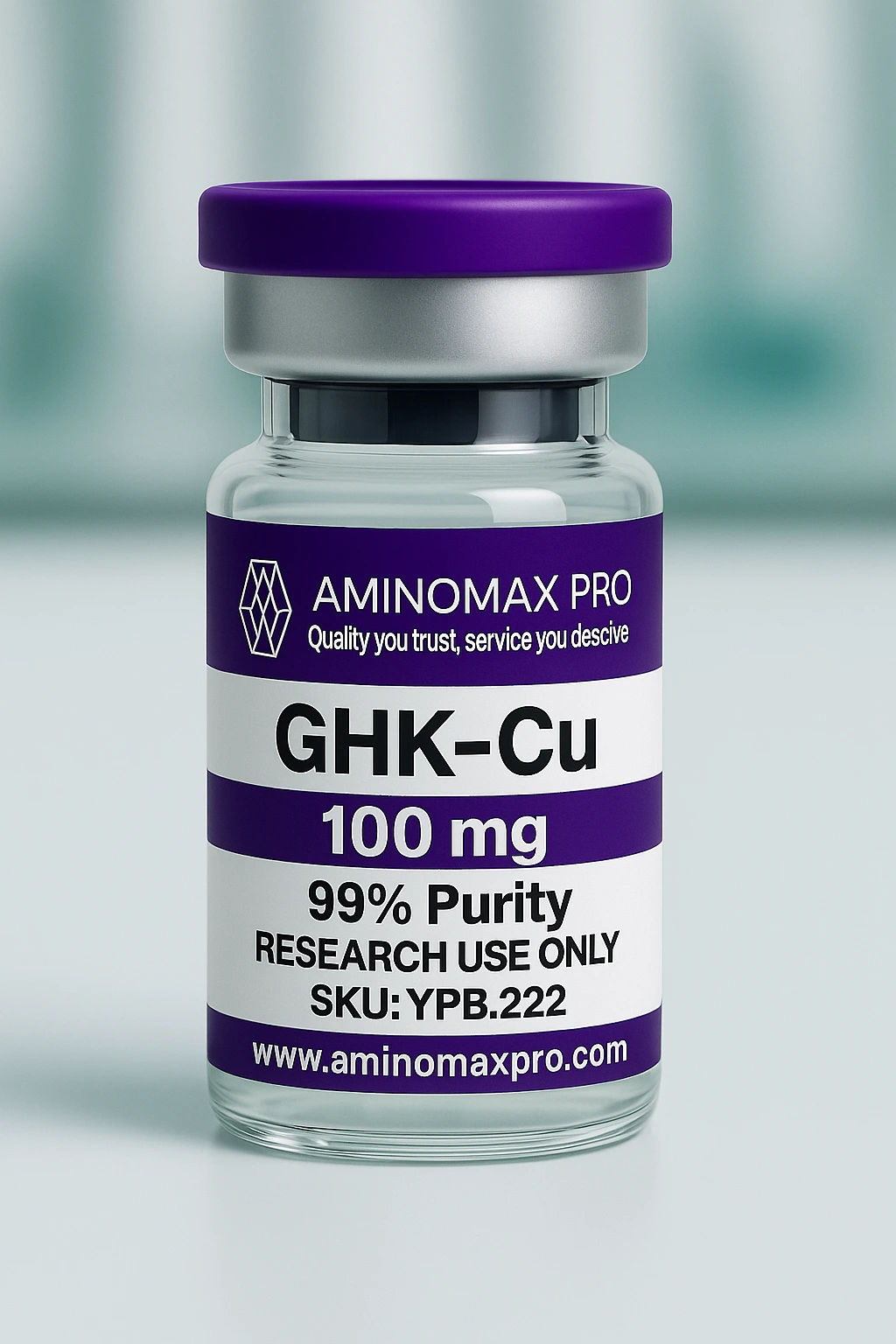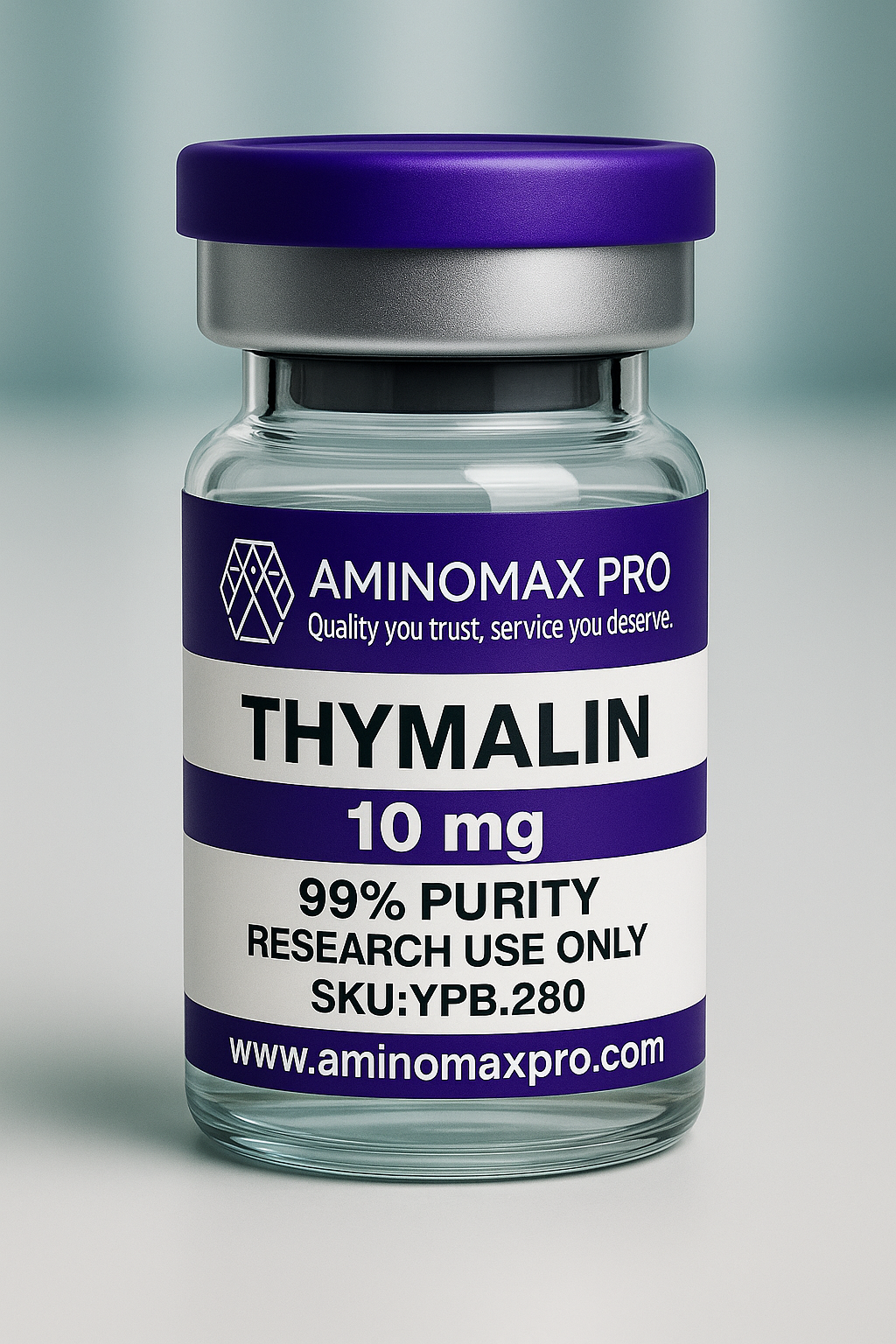Description
GHK-Cu – Advanced Biochemical Mechanism & Pathway Profile
(Glycyl-L-Histidyl-L-Lysine–Copper Complex)
GHK-Cu is a naturally occurring tripeptide–copper(II) complex studied for its role in metal-ion transport, extracellular matrix regulation, and transcriptional signaling. The copper-bound form is considered the biologically active conformation and is known to interact with cell-surface glycosaminoglycans, integrins, and matrix-associated enzymes.
✅ Primary Biochemical Functions (Research Models)
1. Metal-Ion Transport & Copper Homeostasis
GHK exhibits strong affinity for Cu²⁺, forming a stable complex that participates in:
-
Copper delivery to enzymatic systems
-
Redox-related protein activation
-
Metalloprotease and antioxidant enzyme regulation
Enzymes commonly studied:
-
Lysyl oxidase (LOX)
-
Superoxide dismutase (Cu/Zn-SOD)
-
Cytochrome-c oxidase components
2. Extracellular Matrix (ECM) & Protease Modulation
Research models show that GHK-Cu can influence matrix remodeling through:
-
Upregulation of integrin signaling
-
Modulation of matrix metalloproteinases (e.g., MMP-2, MMP-9)
-
Increased expression of TIMP1 / TIMP2 (tissue inhibitors of MMPs)
Gene programs of interest:
-
COL1A1 (collagen type I)
-
COL3A1 (collagen type III)
-
ELN (elastin)
-
FN1 (fibronectin)
These targets are frequently monitored in wound-healing and tissue-remodeling studies.
3. TGF-β / SMAD Pathway Interactions
Preclinical data indicate possible activity in:
-
TGF-β receptor signaling
-
SMAD2/3 phosphorylation
-
ECM-associated gene transcription
This connects GHK-Cu to matrix production, cell migration, and fibroblast gene regulation.
4. Anti-Protease & Anti-Oxidant Gene Expression
GHK-Cu has been linked to transcriptional signatures involving:
-
Antioxidant response elements (ARE)
-
Nrf2-regulated genes
-
Decreased expression of inflammatory proteases
Genes studied in vitro:
-
SOD1 (Cu/Zn-SOD)
-
HMOX1 (heme oxygenase-1)
-
GPX1 (glutathione peroxidase)
5. Cytokine & Cell-Signaling Modulation
In cellular models, GHK-Cu exposure has been associated with:
-
Reduced NF-κB nuclear activity
-
Lower transcription of IL-1β, TNF-α, and COX-2
-
Effects on JNK and p38 MAPK pathways
These outputs are studied in inflammation and oxidative-stress assays.
✅ Receptor & Binding Activity
GHK-Cu does not use a single canonical receptor, but interacts with:
-
Integrin family proteins (α2β1, α5β1)
-
Heparan sulfate proteoglycans
-
Albumin and ECM-binding domains
These interactions allow copper-dependent signaling and selective uptake into target cells.
✅ Key Molecular Targets (Summary Table)
| Category | Representative Targets |
|---|---|
| Enzymes | LOX, Cu/Zn-SOD, MMPs, TIMPs |
| Signaling Pathways | TGF-β / SMAD2/3, MAPK (ERK, JNK, p38), NF-κB, Nrf2 |
| Structural Genes | COL1A1, COL3A1, ELN, FN1 |
| Antioxidant Genes | SOD1, GPX1, HMOX1 |
| Binding Partners | Integrins, proteoglycans, serum albumin |
✅ Research Applications (In-Vitro / Preclinical Only)
GHK-Cu is studied for:
-
Metal transport and copper enzymology
-
ECM synthesis and protease inhibition
-
Redox and antioxidant gene expression
-
Fibroblast and keratinocyte signaling
-
Inflammation-related transcriptional shifts
Research-Only Classification
GHK-Cu is provided strictly for in-vitro laboratory research and is not approved for human or animal use or therapeutic application.







Reviews
There are no reviews yet.